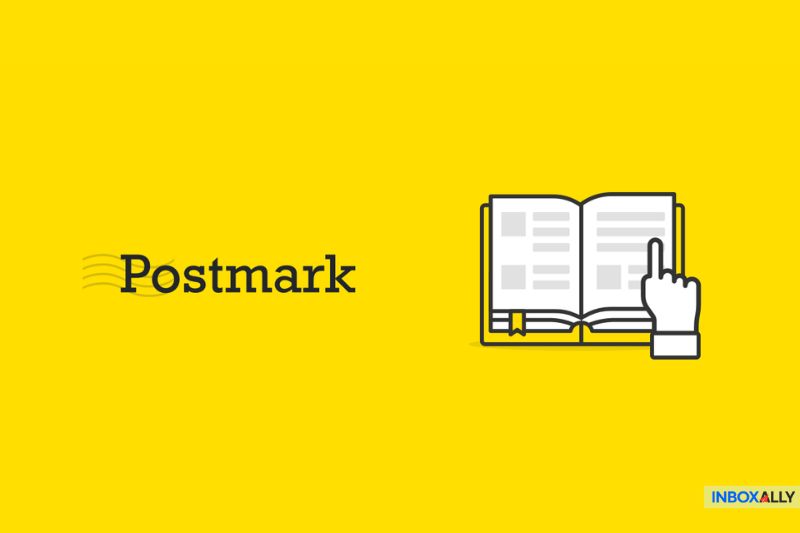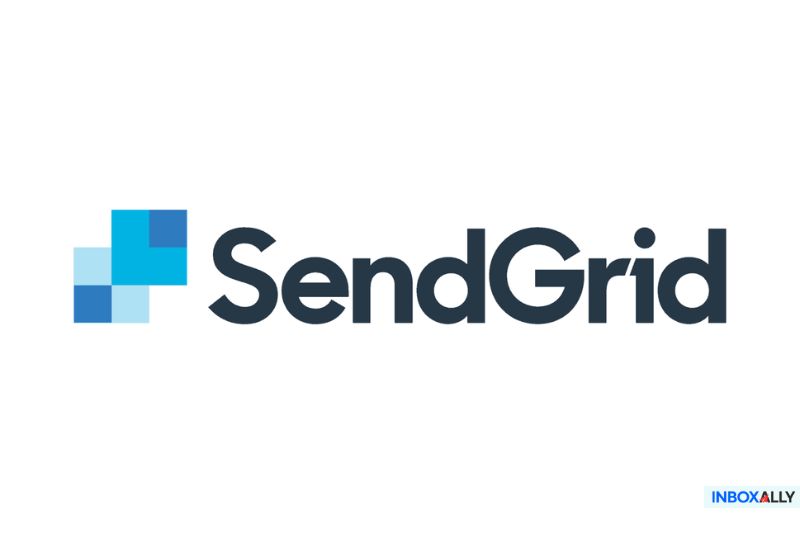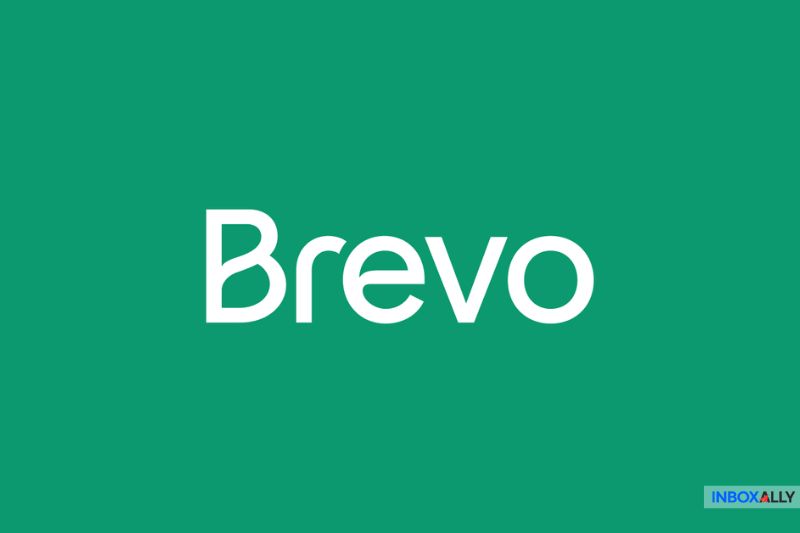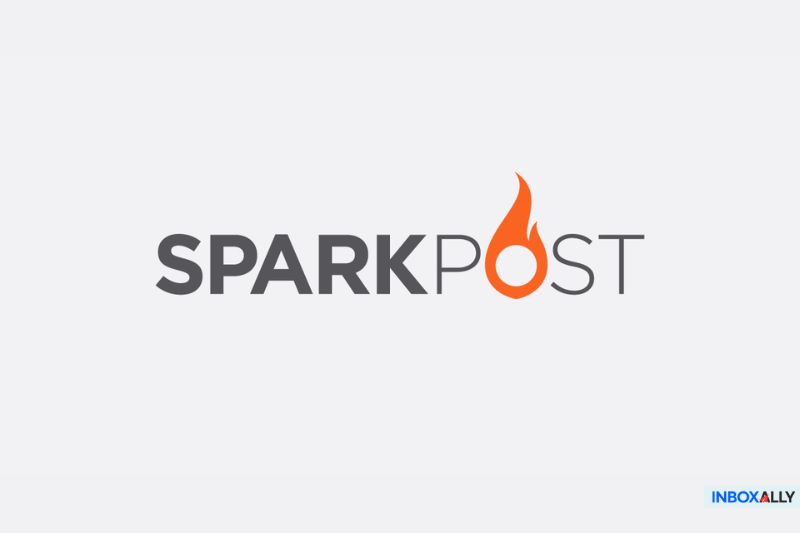Amazon Simple Email Service (SES) is widely known as a reliable, scalable, and affordable option for sending emails. Its pay-as-you-go pricing and scalability make it the go-to choice for businesses handling high volumes of promotional and transactional emails. Simple, efficient, and fuss-free, Amazon SES checks plenty of boxes—just not all of them.
But if you’re looking for more than a basic sending machine, Amazon SES might feel a little… sparse. There’s no advanced analytics or built-in marketing automation, and its interface is more functional than user-friendly. If your must-haves include seamless integrations or a top-tier support team, SES could leave you wanting more.
The good news? Plenty of alternatives combine its level of performance but with extra tools and flexibility. These options cater to businesses ready to elevate their email strategies without compromising reliability. Let’s explore them.
What Makes a Great Email Service?
An email delivery service is only as good as its ability to get your messages where they’re meant to be. That’s why email deliverability is such an important topic in email marketing. A reliable email delivery platform constantly works behind the scenes—keeping a good IP reputation, avoiding spam traps, and keeping sender trust rock solid. Without this foundation, even the best email campaigns might as well not exist.
Good deliverability comes from real engagement. InboxAlly trains email service providers to recognize your emails as trusted, improves placement, and reduces spam issues. Go here to learn how it works.
But deliverability isn’t the whole story. Features matter, too, and what makes or breaks a service depends on your needs. For some, it’s powerful APIs and seamless integrations that streamline workflows. For others, marketing tools, audience segmentation, A/B testing, or analytics give campaigns their edge. The sweet spot lies in how well a platform balances features to feel truly well-rounded.
Then there’s the ease of use—a detail that can save you countless headaches. A simple setup, a dashboard that doesn’t require a manual, and seamless integrations can make all the difference. This is especially true for businesses without tech geniuses on staff, where a user-friendly platform becomes the real hero.
When all these elements come together, you’ve found a platform truly worth your trust and investment.
Top 5 Amazon SES Alternatives for 2024
Email platforms come in all shapes and sizes, each designed to meet specific needs. Whether you’re focused on transactional emails, full-scale marketing campaigns, or a mix of both, the “best” choice depends on what matters most to you. Is it rock-solid deliverability to keep emails out of spam? Or maybe advanced features like audience segmentation and detailed analytics?
Below, we’ll talk about five Amazon SAS alternatives that stand out in 2025. Let’s talk about what makes them the frontrunners and how they can help take your email strategy to the next level.
1. Postmark: The Developer’s Dream
Postmark is a go-to choice for businesses needing fast, reliable delivery of transactional emails. It’s built for businesses that often send password resets, order confirmations, and notifications and it focuses on fast, dependable delivery.
One of its best features is Message Streams, which separates marketing and transactional emails to keep deliverability high. With 45 days of detailed activity data, Postmark also offers great visibility and control.
It’s simple, volume-based pricing is a relief—no hidden fees, just clear rates. Developers love how easy it is to set up, and its responsive customer support gets consistent praise. While it doesn’t include marketing tools, this focus on transactional emails allows Postmark to truly shine in its area of expertise.
Pros:
- Exceptional deliverability for transactional emails.
- Transparent, volume-based pricing with no hidden fees.
- Message Streams for better email organization.
- 45-day activity logs for tracking delivery opens and clicks.
- Friendly and responsive customer support.
Cons:
- No marketing tools or automation.
- Limited analytics and no A/B testing.
For developers and businesses needing reliable, high-performing transactional emails, Postmark is a dependable and specialized solution.
2. Mailgun: A Flexible Solution
Mailgun is a popular developer-friendly platform thanks to its powerful APIs and impressive scalability. It handles all kinds of email volumes, from small to enterprise-level. Mailgun offers an email validation service, which identifies invalid addresses and keeps your sender list clean. For businesses with large databases, this translates to lower bounce rates and better deliverability.
Like Postmark, Mailgun offers pay-as-you-go pricing, which lets businesses scale as their needs grow. Its detailed documentation and integration options make it a developer favorite. That said, shared IPs can sometimes lead to hiccups in deliverability, and the quality of support depends on your chosen plan.
Pros:
- Feature-rich APIs for sending, tracking, and validating emails.
- Scalable pricing that adapts to businesses of all sizes.
- Email validation that ensures a clean sender list and top-tier deliverability.
- Extensive, developer-friendly documentation.
- Reliable for large-scale email operations.
Cons:
- Shared IPs may lead to occasional deliverability issues.
- Customer support quality varies with the plan tier.
Mailgun’s email validation keeps your lists clean, but deliverability can still falter. InboxAlly fixes this by actively reducing spam complaints and increasing trust with your email service provider. Need that kind of help? Check out InboxAlly.
3. SendGrid: Marketing And Transactional
SendGrid by Twilio is a versatile platform that brings transactional email services and marketing automation under one roof.
It includes advanced analytics for tracking engagement and deliverability, alongside marketing must-haves like responsive templates and A/B testing. SendGrid integrates well into existing workflows with an easy-to-set-up email API that lets businesses handle their email in various ways.
SendGrid’s scalability is another plus, accommodating everyone from scrappy startups to sprawling enterprises. That said, customer support can be hit or miss—premium support is an option, but it comes at a cost that doesn’t sit well with everyone. Shared IPs can sometimes have deliverability issues, but still, these hiccups don’t take away from the platform’s impressive range of features.
Pros:
- Tools for both transactional and marketing emails in one platform.
- Advanced analytics for engagement and deliverability insights.
- Pre-designed email templates and A/B testing for simpler campaign optimization.
- Scalability that meets the needs of businesses at any stage.
- Good API integration.
Cons:
- Premium support comes at an extra cost.
- Shared IPs can cause deliverability issues.
SendGrid is a great SES solution that bridges the gap between marketing and transactional functionality with a platform that’s as scalable as it is feature-rich.
4. Brevo (formerly Sendinblue): The All-in-One Solution
Brevo, formerly Sendinblue, combines email, SMS, and CRM tools into one multi-channel marketing platform. Perfect for businesses looking to streamline their communications, it even offers a free tier that allows up to 300 emails per day—a nice addition for small businesses or startups who want to test its capabilities. With great automation features and pre-built workflows for things like drip campaigns and welcome sequences, Brevo takes a lot of the heavy lifting off your plate.
Segmentation tools make Brevo particularly powerful, letting businesses focus on specific audiences with precision. The intuitive drag-and-drop editor makes email creation easy, even for beginners. That said, Brevo isn’t without its quirks—its email template library is limited compared to competitors, and the support on lower-tier plans might leave you wanting more.
Pros:
- Free tier with up to 300 daily emails—great for small businesses testing the waters.
- Combines email, SMS, and CRM tools in one platform.
- Automation workflows for drip campaigns and other tasks.
- Segmentation tools for precise audience targeting.
- User-friendly drag-and-drop email editor.
Cons:
- Template options are fewer compared to some competitors.
- Lower-tier plans leave something to be desired in customer support.
Brevo delivers a lot where it counts, so if versatility and affordability are what you’re after, it’s a solution worth looking into.
5. SparkPost (MessageBird Email): Built for Enterprise
SparkPost, now part of MessageBird, is built for enterprises that need more than just basic email. Its predictive analytics, powered by machine learning, help fine-tune campaigns for better performance and deliverability. With tools that turn data into smarter strategies, Sparkpost is the usual choice in industries like finance and healthcare, where security and compliance are non-negotiable.
With a 99.99% uptime guarantee, SparkPost ensures reliability for large-scale campaigns. However, its enterprise-level focus can feel like overkill for smaller businesses, and the pricing reflects its premium positioning.
Pros:
- Predictive analytics to boost email performance and deliverability.
- Compliance tools tailored for regulated industries.
- 99.99% uptime guarantee with SLA-backed reliability.
- Scalable infrastructure for high-volume email sending.
- Dedicated enterprise-level support.
Cons:
- Complexity might be too much for smaller businesses.
- Pricing leans higher compared to SMB-focused platforms.
For large organizations with special email requirements, SparkPost offers top-tier scalability, reliability, and compliance that are hard to beat.
What About the Cost?
Pricing for email services is rarely cut and dry. Many platforms offer free tiers, but they’re often limited in features or volume—Brevo allows up to 300 emails a day for free, while SendGrid caps it at 100. These plans are useful for testing, but they don’t meet the needs of growing businesses.
Paid tiers vary widely in structure. Postmark and Mailgun use volume-based pricing, so you only pay for what you send. Meanwhile, SendGrid and Brevo include additional analytics and automation into pricier plans. But watch out—hidden costs like overages, support fees, or mandatory upgrades for dedicated IPs can quickly inflate what seems like an affordable plan.
A “cheap” service often sacrifices support or deliverability, while a “valuable” one combines performance, features, and scalability. The best choice, as always, comes down to what matters most for your needs.
The best thing you can do is focus on the features you’ll actually use and choose a platform that supports those while allowing room to grow with your business. Don’t overspend, don’t cut corners, and you won’t have to worry too much.
Final Thoughts
Choosing a reliable email service starts with knowing what your business needs most. Whether it’s reliable transactional email delivery, next-level marketing automation, or easy scalability, there’s a platform that fits the bill. Each of these services offers tools to simplify workflows and boost your email strategy.
If deliverability is a priority (and it absolutely should be), make sure to check out InboxAlly. Its tools improve inbox placement and boost sender reputation which makes sure your emails actually get seen—not buried in spam.
Whatever platform you choose, focusing on features that match your goals while leaving room to grow will set your email strategy on the path to success.







